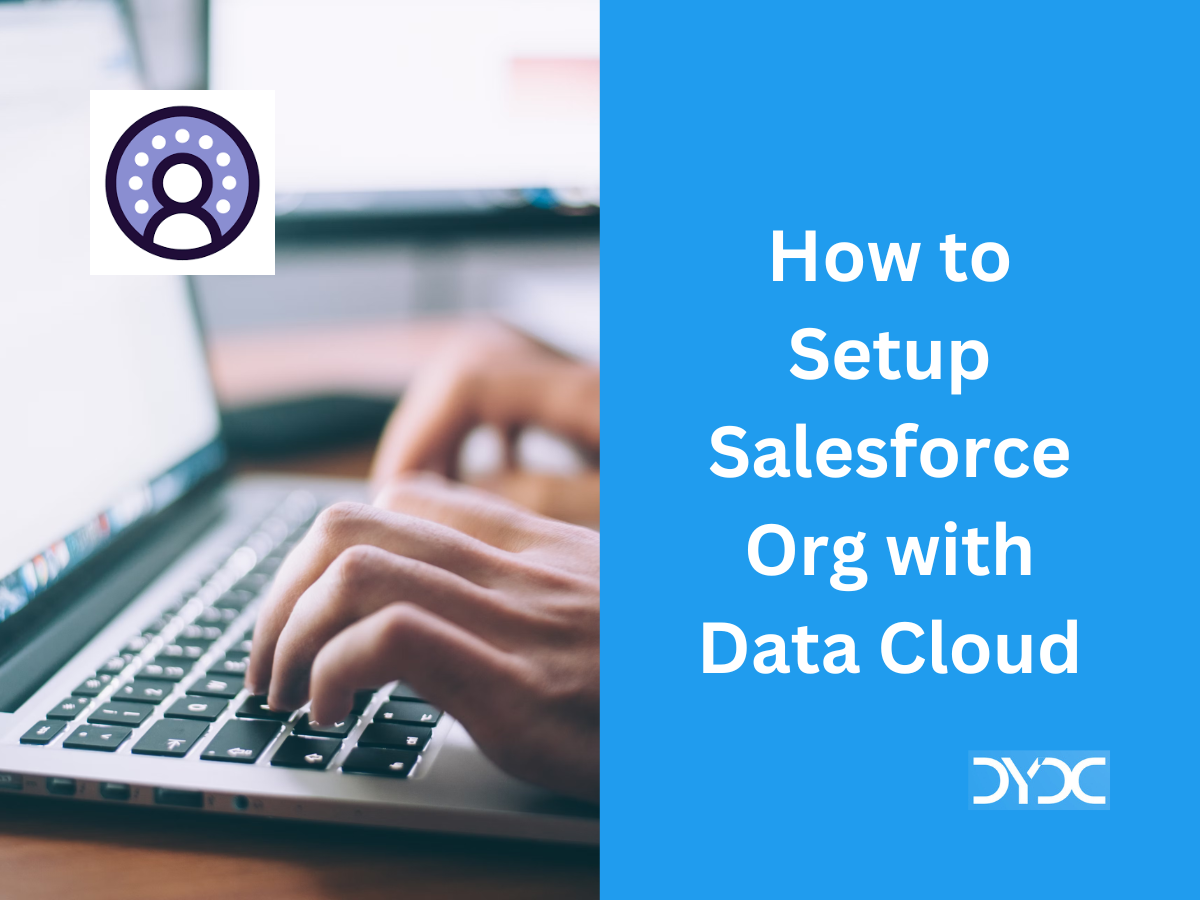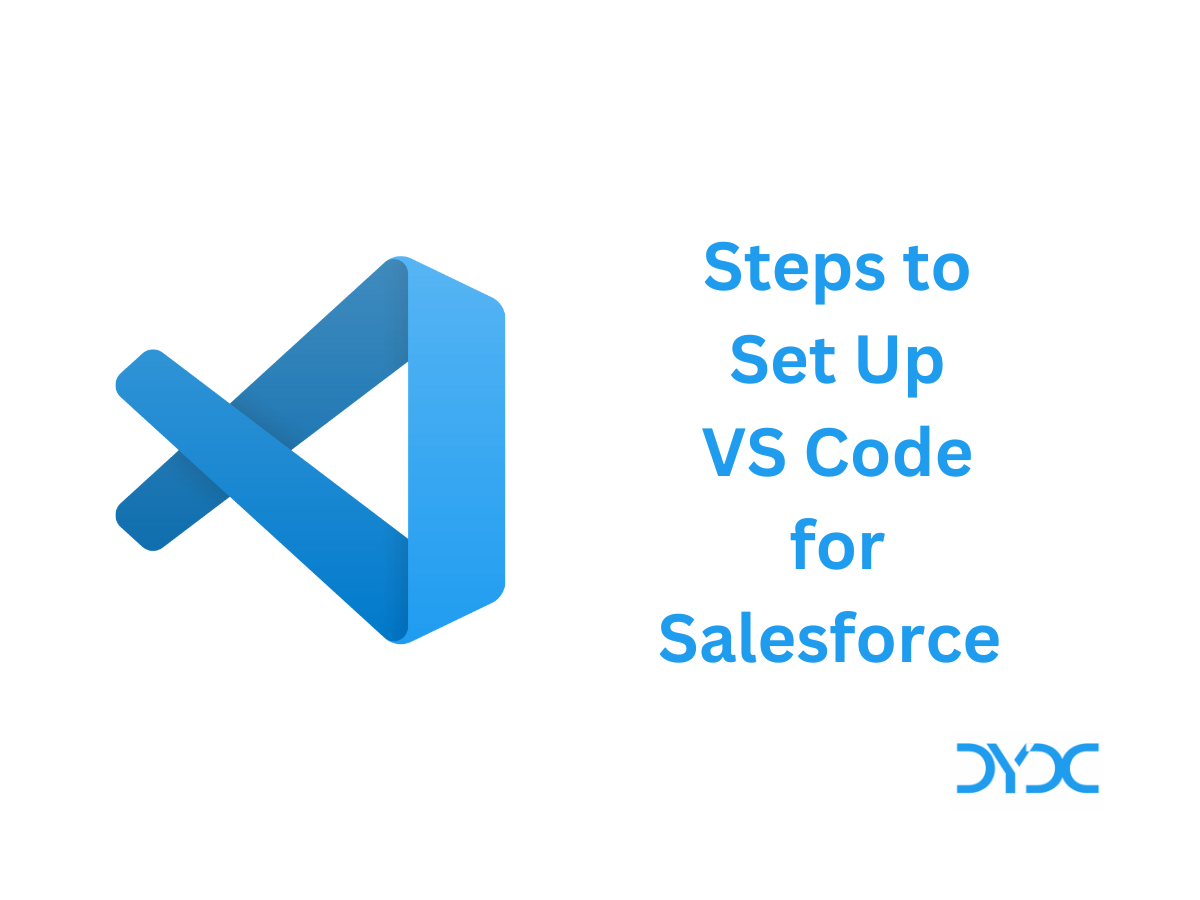Brief Insights from a Salesforce CTA Board Judge
I would first like to thank Dinesh Yadav for giving me an opportunity to be a guest blogger. Dinesh has been an outstanding contributor in the community and as a Trailblazer and I know many of us have benefited from his contributions. So, when the opportunity came and he requested me to be a guest blogger, I accepted his request without hesitation. Dinesh left it open to me on topics I should write about.
There are many blog posts and articles that talk about the CTA (Salesforce Certified Technical Architect) exam process from a CTA candidate perspective. We thought it would be fun if the role is reversed and we hear the perspective from the other side of the board.
As a seasoned CTA Board judge that has judged numerous CTA boards, I would like to take the opportunity to talk about some common mistakes as board judges we see candidates make during the board and my recommendations to candidates on what they can do during their preparation to avoid making them during the actual board.
In a typical CTA Board process, there will be a human panel consisting of 3 judges. The myth I would like to dispel is that the judges are not here to fail you, we do want to pass every candidate that steps into the room. Remember all judges were also past CTA candidates ourselves. We understand the dedication and sacrifice every candidate puts into preparation for the board and we want to see you succeed. After every board, it is also the responsibility of the panel to identify the strengths and weaknesses of each board presentation to provide feedback to the candidate on what areas to improve. What this means as part of the presentation process, we do take down points in real time of what the candidate covers or not cover to arrive at what is very comprehensive feedback for the candidate. That is why this is not a board of 1 human judge but a board of 3 to ensure we cover for each other for things the candidate might have said. Practice your presentation in front of a mock judge board and pace your presentation. Chances are if they can’t catch what you are solutioning for, in the actual board neither can the board judges.
Here are 3 tips for candidates from a CTA Board Judge perspective on what good looks like
- Avoid Repetition – You have a finite amount of time to do your presentation. Don’t waste it on repeating elements of the solution you have already presented. For e.g. I have seen candidates talking about elements of a solution in the beginning of their presentation only to revisit and wasting valuable time restating the solution as part of their presentation when they are running through their requirements. As part of your mock preparation, ask yourself the question of whether you are repeating your solutioning and structure your repetition to cut out repetition. If it helps to stop yourself from committing the mistake, simply say “for ABC category, I will cover it in the later part of my presentation” and you save yourself giving a lengthy presentation of why you are not covering it now but will be addressing it in the later part of your presentation.
- Know your audience – I do have situations where candidates propose conflicting solutions (multiple CPQs solutions, multiple identity provider solutions) or replace everything. Read the scenario carefully! There will be explicit descriptions on what the customer is currently happy or not happy with and where they would like the systems to be replaced. As board judges, we also want to see whether candidates can offer solutions that makes financial and economic sense and considers the customer’s current situation to arrive at an optimal solution. To put it simply in a real-world scenario, would you be making recommendations to your prospect or customer without a care for their budget and financial considerations, probably not.
- Tie your solution to requirements – Every solution needs to be tied to a requirement. I have seen situations where candidates come to a certain section of the presentation and begin what is a solution dump on the judges without explicitly stating what requirement they are solving for and assumptions they are making on the recommended solutions and hoping something hits the mark. Well, the reality is if we do not know what you are solving for, we will not know how to score you on whether you meet the requirements. So, the fundamental principles apply – (1) Identify the requirement (2) Your recommended solution (3) Assumptions if there are multiple solutions and why your solution is the best from your point of view. Follow this basic rule of thumb and you will have the right foundation to solve.
Above are 3 tips from a CTA Board judge perspective on how candidates can do better in a typical board presentation. Of course, they are many other specifics that dive into the details, however following the foundations above will ensure you have the right setup in terms of your presentation fundamentals for the board and set you up on the path of eventual success. Good luck to all CTA candidates!
Disclaimer: The views and opinions expressed in this article are those of the author in his private capacity and are not a reflection of the views of his employer or Salesforce.
About the Author

Chyan Yee Goh
Chyan Yee Goh (CY) currently leads the Salesforce Professional Services Delivery Team out of the sunny city of Singapore. He is a 20+ year industry veteran, with 9 years+ spent in the Salesforce ecosystem and is a trained architect, mentor and public speaker and has contributed to architect enablement materials for Salesforce. He holds 39 Salesforce Certifications and 34 Salesforce Accreditations and is a seasoned CTA Board judge. Outside of work, he counts running as his main hobby but has also recently picked up playing the piano to inspire his kids to appreciate music.


